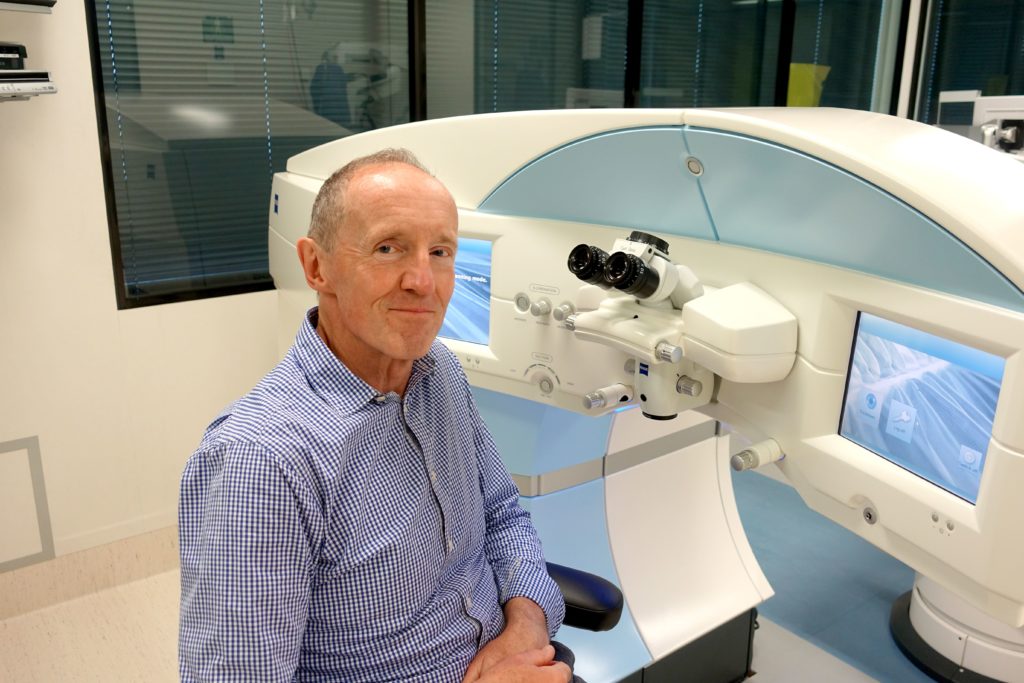
Wellington Eye Centre Ophthalmologist
When did you last have your vision tested? Was it within the past year or two? More, perhaps? If you’re not experiencing discomfort, it can be tempting to push appointments like getting your eyes checked and visiting the dentist to the bottom of your priority list. However, putting these appointments off is often the last thing we should be doing. In this article, we explore how often you should be having an eye test, what symptoms you should look for and what you should be doing if you have had laser eye surgery.
What’s involved in an eye test?
This depends on how old you are, whether you are having any particular problems with your eyes and how long it has been since you last had your eyes checked. At minimum, everyone will generally go through the following two tests:
- Your eyesight will be measured on an eye chart.
This will be tested with your glasses or contact lenses if you have any, as well as without any corrective lenses. - Your eyes will then usually be refracted.
This is how we measure whether you are short sighted or long sighted and is often done using an autorefractor first. The measurements will then be checked for accuracy using different lenses placed in front of the eyes to get the best possible visual acuity. These measurements can be used to prescribe glasses if needed.
Children and teenagers
Children and teenagers will often have their eye movements and three-dimensional vision checked. This is to make sure that the eyes are working together normally to provide stereoscopic vision.
Adults
All adults will also have the intraocular pressure (the pressure of the fluid inside the eye) measured. Increased intraocular pressure is important to monitor as it can cause a condition called glaucoma. Glaucoma occurs when the increased pressure causes damage to the optic nerve and results in progressive loss of peripheral vision. As glaucoma generally has no symptoms until it is very advanced, it’s important that adults undergo regular eye checks. This is especially vital if you have a family history of glaucoma.
Next, the front and back of the eyes will be examined using a device called a slit lamp microscope. This is a specialised microscope mounted on a stand which allows detailed 3-D examination of the structures inside the eye. The front of the eye will be checked for conditions such as dry eyes, previous injuries, and cataracts. Finally, the back of the eyes will be checked for glaucoma, macular degeneration, and other retinal conditions.

Additional tests
In some cases, additional tests may be carried out during your eye examination. These could include:
- Examining the health of the optic nerve or the retina. A machine called an OCT (ocular coherence tomography) is used and provides extremely detailed images of the retina and optic nerve. These can be used to help to diagnose conditions such as glaucoma and macular degeneration.
- A Visual Field test, which is a quick check of your peripheral vision using a LED wand, wiggling fingers or a more advanced machine called an automated visual field analyser. Visual fields document the status of your peripheral vision, important for driver’s tests, family history or suspicion of glaucoma. The use of an automated machine to measure the peripheral vision means they can document any loss of vision.
- If an abnormality of the cornea (the front surface of the eye) is suspected, you may have your corneas scanned. Using a device called a tomographer, they can measure the shape of the cornea.
Do eye tests hurt?
An eye test should not be unpleasant or uncomfortable. The anaesthetic or dilating eye drops which are sometimes used to relax your eye muscles before your eyes are refracted may sting briefly. The lights used in the slit lamp microscope are quite bright but not damaging or dangerous to the eyes.
If your pupils are dilated, your vision, particularly for close work, will be blurry for several hours. You will also be quite light-sensitive because the large pupils allow extra light to get into the eyes. Because of your blurred vision and light sensitivity, you are recommended not to drive for the rest of the day and you will probably be unable to perform close work such as reading or computer work.
How often should you get an eye test?
This depends on several things, including your age, your general health, and whether you have had problems, such as early cataracts or high intraocular pressure, detected at a previous eye test.
Young children
For children under 3 years of age, your family doctor or paediatrician will likely look for the most common eye problems — lazy eye, crossed eyes or misaligned eyes. Newborn infants should have their eyes checked shortly after birth by the midwife or obstetrician. Sometimes parents, family members or friends may notice a possible abnormality of the eyes, such as crossed eyes, a droopy eyelid or a white pupil. If there are eye concerns or symptoms, the child should be checked by their family doctor or an ophthalmologist as soon as possible, regardless of age. This is because many of the conditions which affect children’s eyes can quite rapidly cause permanent and irreversible loss of vision but can be treated very successfully if they are picked up at an early stage.
At birth, your child will also be screened for several serious eye conditions. If any problems are found during this screening, they’ll be referred to an eye specialist. In New Zealand, the Ministry of Health then funds free vision checks for children. The Well Child/Tamariki Ora service is offered free to children from around 6 weeks up to 5 years. The B4 School Check is the final Well Child check. It includes a vision screening for amblyopia (lazy eye).
Pre-teen vision checks
Your child will have their distance vision checked at school in year 7, when they are 11 or 12. If the screening picks up a vision problem, your child will be referred to an ophthalmologist for a full assessment. If your child has no symptoms of vision problems and no family history of vision problems, we recommend having their vision rechecked every 2 to 4 years. Otherwise, schedule eye exams based on the advice of your eye doctor.
Teenagers
If no visual problems have been picked up at an earlier age, teenagers should not need frequent eye checks unless they have an underlying health problem such as diabetes. However, short sight often starts to develop during the teenage years. It is becoming increasingly common because of increased use of smart phones and screens. There are now treatments available which can halt or slow the progressive increase in short sight that usually occurs. For this reason, a teenager who starts to experience reduced distance vision should have an eye test with an ophthalmologist or optometrist so that appropriate treatment can be started and glasses or contacts prescribed if necessary.

Adults
In general, if you are healthy and have no symptoms of vision problems, have your eyes checked on this schedule:
- Four to five years in your 20s and 30s
- Two to four years from 40 to 54
- One to three years from 55 to 64
- One to two years after age 65
You should have your eyes checked more often if you:
- Wear glasses or contact lenses
- Have a family history of eye disease or loss of vision
- Have a chronic disease that puts you at greater risk of eye disease, such as diabetes
- Take medications that have serious eye side effects
How often should you have an eye test if you have diabetes?
Regular eye exams are important to diagnose eye damage (diabetic retinopathy and maculopathy) that can happen with diabetes. There are very effective treatments available for diabetic eye disease, but these are much less effective if diagnosis and treatment is delayed or missed. If you have type 1 diabetes, you should have a complete eye exam within five years of your diagnosis. If you have the more common type 2 diabetes, you should get your eyes checked when you get diagnosed. After that, everyone with diabetes should have an eye exam at least once a year. Your doctor may recommend that you get screened more often based on the extent of your retinal damage and any other complications.
In New Zealand, a free diabetic photoscreening programme is available for all people with diabetes. This involves having regular photographs taken of the retina (back of the eye), usually by an optometrist. These photos are then checked by the optometrist. If there is signs of diabetic eye disease, you will be referred to an ophthalmologist for further examination and treatment. If you have diabetes and are not already enrolled in the diabetic photoscreening programme, you should ask your family doctor to organize this for you.
What symptoms do you need to be aware of?
Most of us expect our vision to worsen as we age. Some of these changes may occur over time whilst others have a sudden onset. However, there are some symptoms which should prompt you to get your eyes checked sooner rather than later.
- Small blind spots in your central vision, distortion of straight lines or a decrease in the intensity of colours are some of the symptoms of Age Related Macular Degeneration (ARMD)
- A reduction in peripheral vision or severe pain in and around the eye are symptoms of glaucoma
- A decrease in vision, particularly if you feel it is changing a lot in a short time could indicate a corneal condition called keratoconus
- Itchy, burning or gritty eyes are a few symptoms of dry eyes
- Sudden onset or shower of floaters, flashes of light or the sensation of a curtain coming over your eye
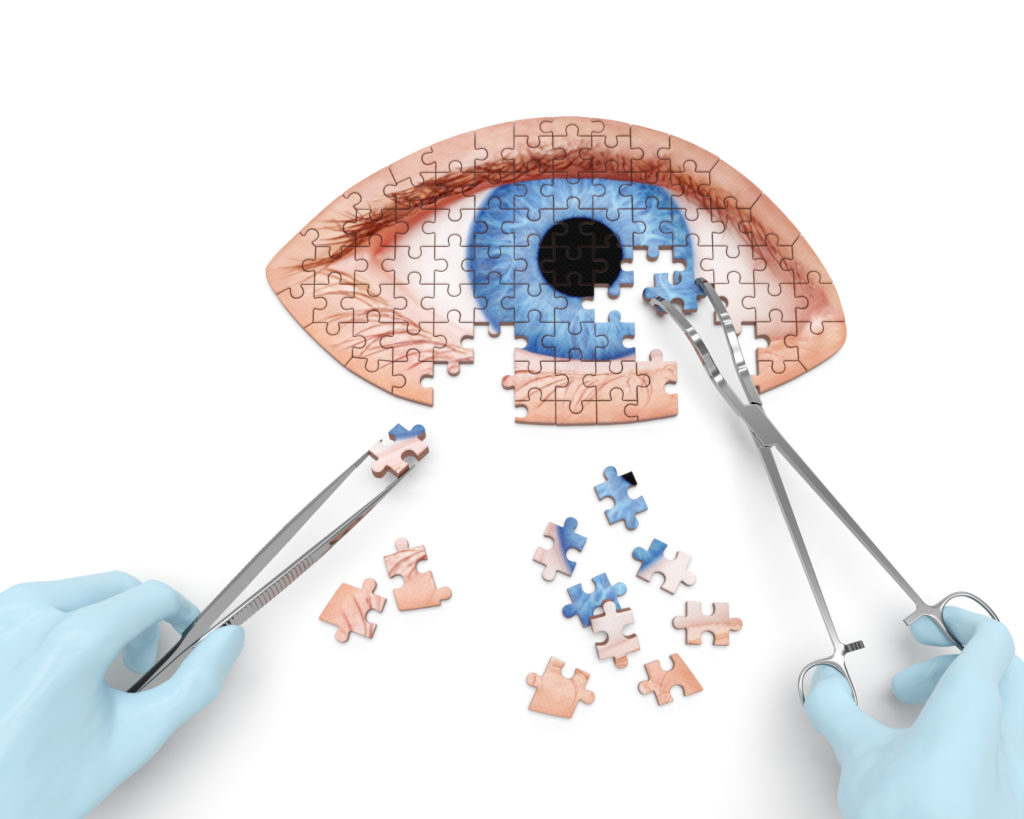
What if you have had laser eye surgery?
If you have had a laser eye surgery procedure such as LASIK, PRK or SMILE done, you will be seeing well without correction and may not see the need to have any further eye checks. However, having had laser eye surgery does not protect you from serious eye conditions such as glaucoma, macular degeneration or cataracts. You should still continue to have a regular eye check even if you aren’t experiencing any problems.
Having regular eye checks is just as important as having your general and dental health checked regularly. Many serious and potential blinding eye conditions can cause serious loss of vision before they cause any visual symptoms, but can be treated successfully if they are detected at an early stage and treated appropriately.
Failing to have regular eye checks can mean turning a blind eye (pun intended) to a serious but fixable problem.
If you have any other questions or wish to book a consultation with Dr Logan, get in touch with the team at Wellington Eye Centre. You can call us on 0800 733 327 or complete the contact form below.

Festive Season and Your Eyes

Vitamins For Good Eye Health and Vision
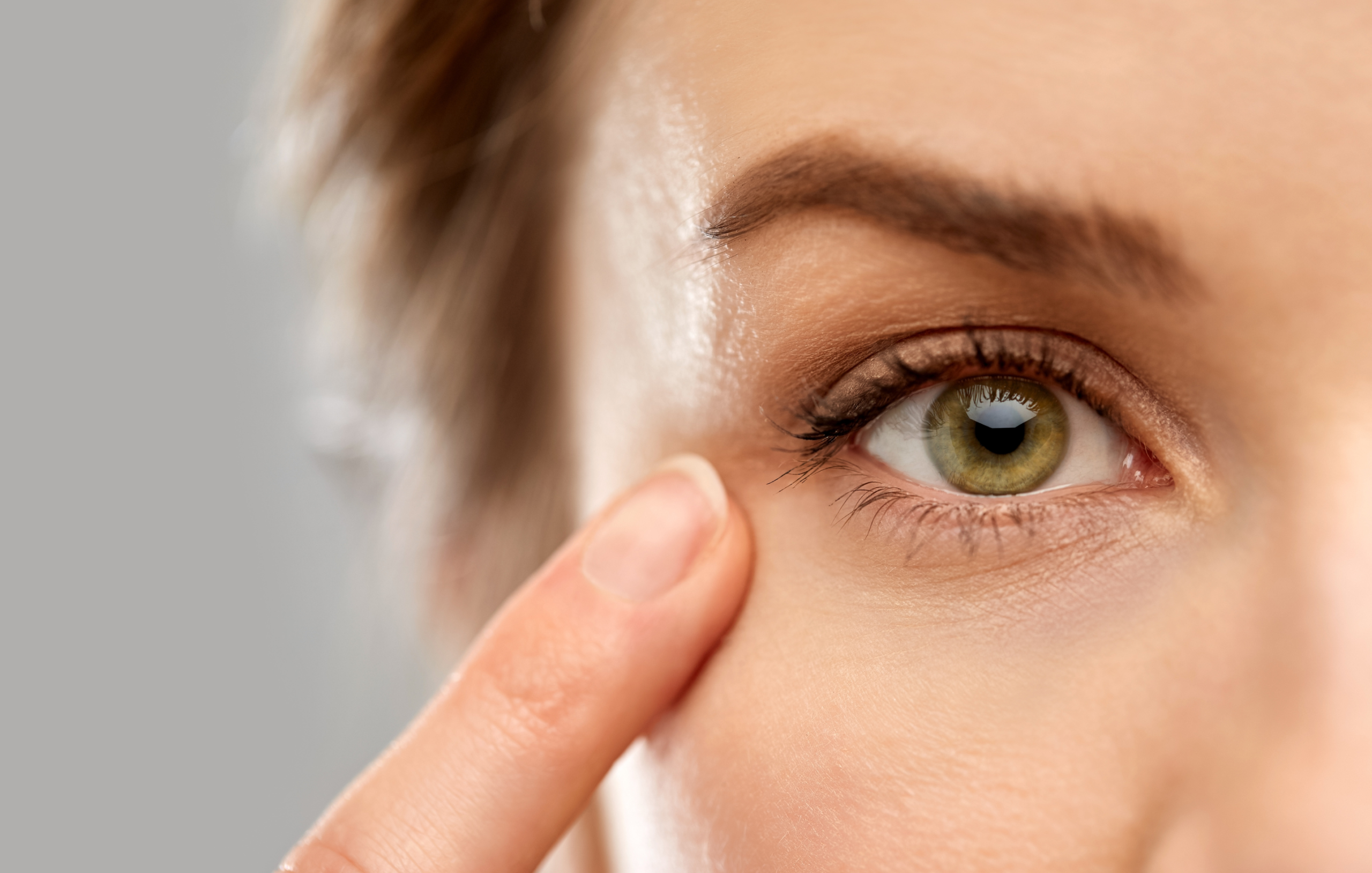
Help my eyelid is twitching!

Do you need to have eye exams after laser eye surgery?
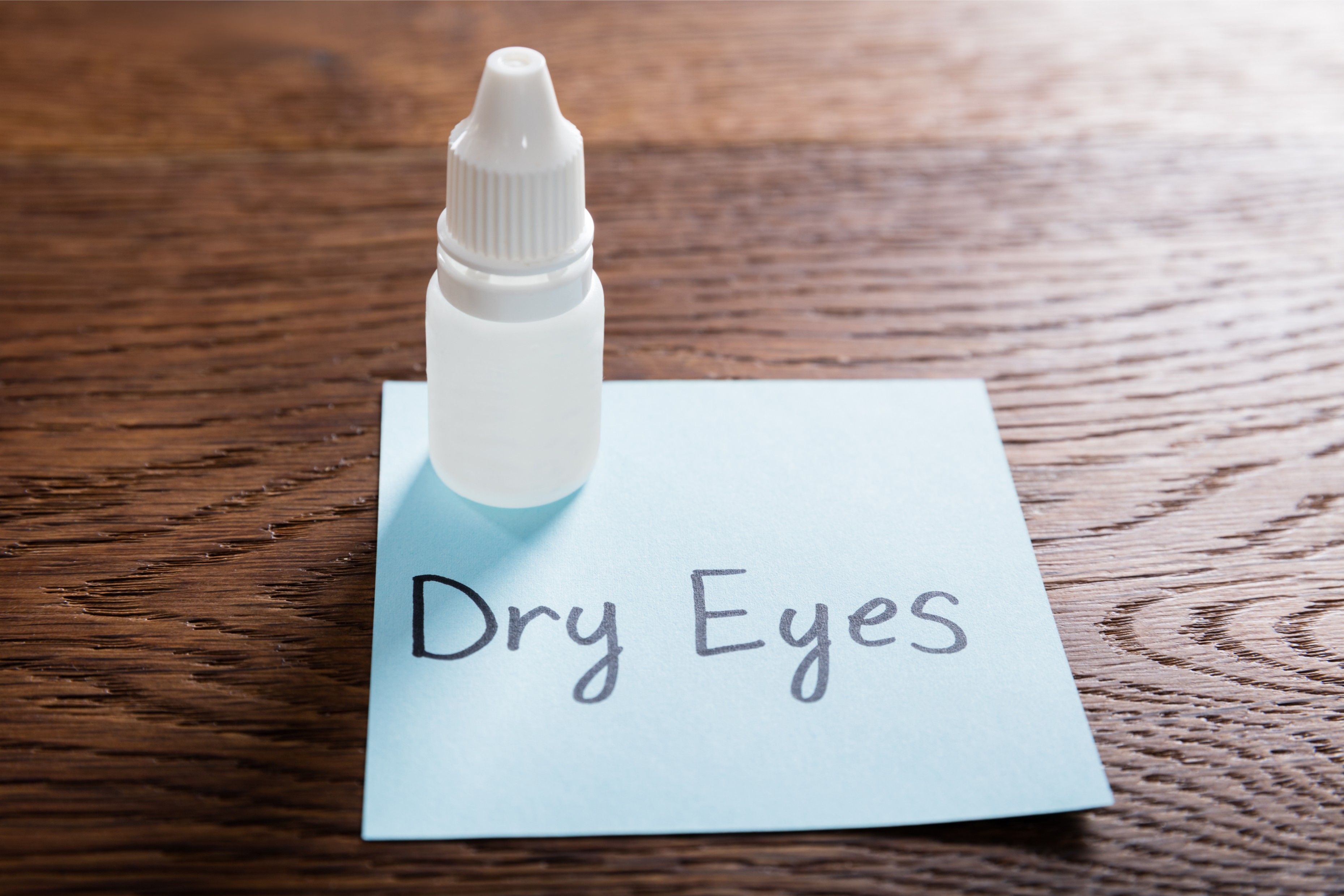
Restasis Eye Drops for the Treatment of Dry Eyes
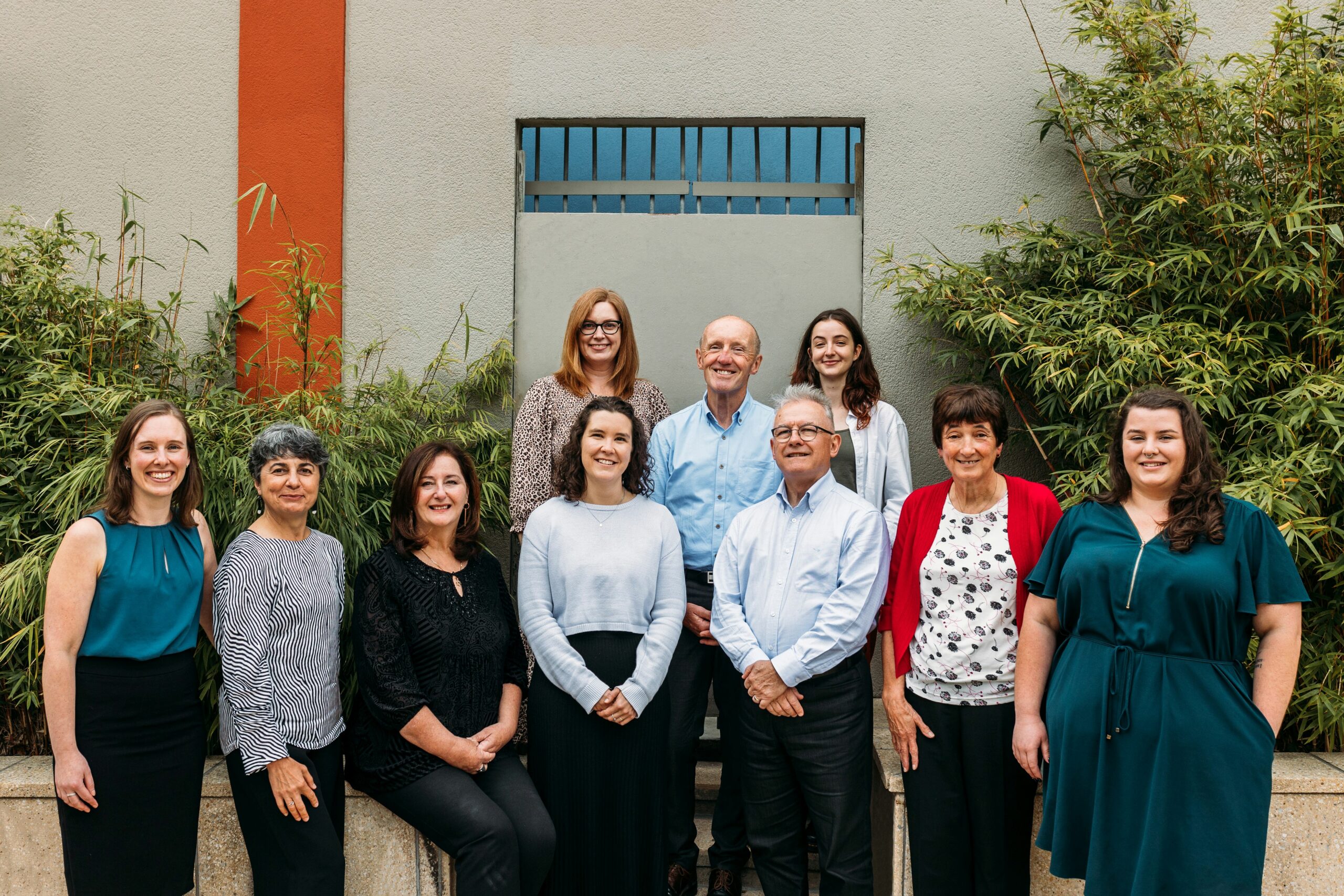
Meet The Team at the Wellington Eye Centre

Festive Season and Your Eyes

Naumi Studio Hotel Wellington
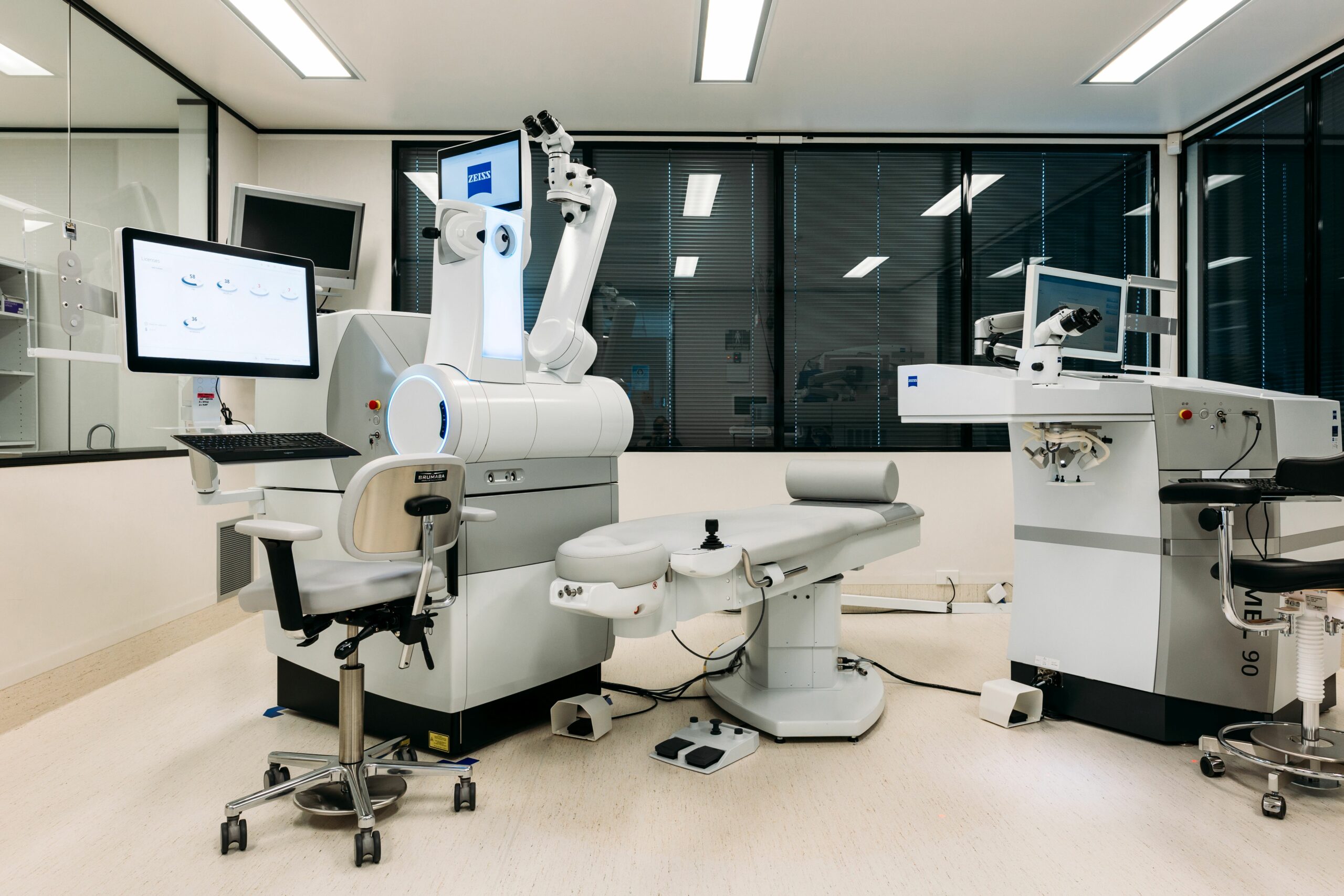
What to Expect on The Day of Surgery

